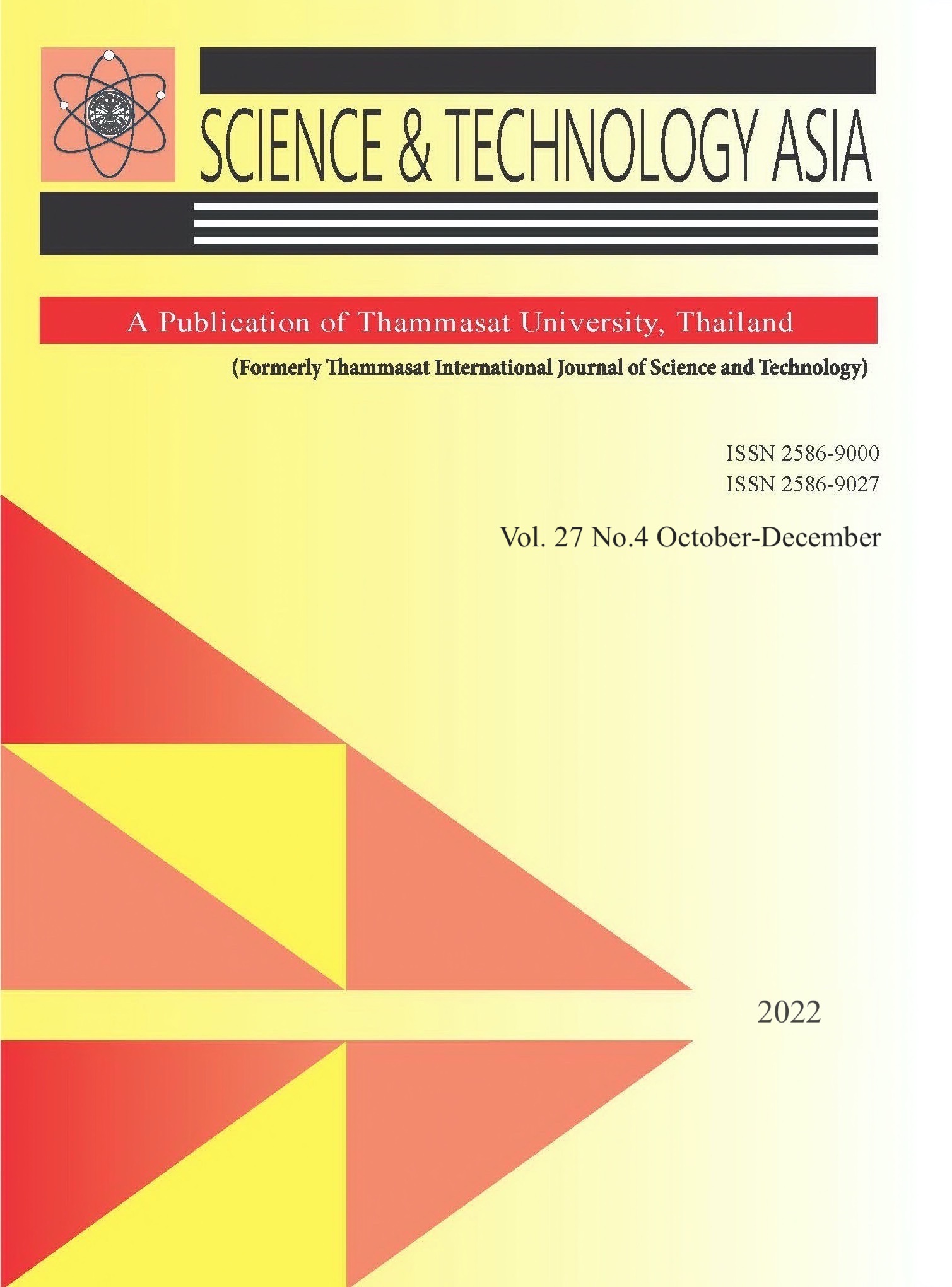Diaphragm Thickening Fraction for Predicting Weaning Success in COPD Patients
Main Article Content
Abstract
Weaning failure in mechanically ventilated chronic obstructive pulmonary disease (COPD) patients is a major concern in clinical practice. Rapid shallow breathing index (RSBI), a well-known weaning index, has some limitations in predicting weaning outcomes. Diaphragm thickening fraction (DTF) has potential benefits for improving the accuracy of weaning success prediction. The aim of this study was to evaluate the effectiveness of DTF compared to RSBI for predicting weaning success in COPD patients. This prospective study enrolled COPD patients who were ready for weaning from mechanical ventilator. Patients underwent a spontaneous breathing trial (SBT) for 1 hr, and then, both hemi-diaphragms were visualized using a 10-MHz linear probe. Diaphragm thickness was recorded at the end of inspiration and expiration. The DTF was calculated as a percentage. In addition, RSBI was calculated at 1 minute and 1 hour after SBT. Of the 24 patients enrolled, the mean (± SD) age was 80 (± 8.78) years. Twenty-two patients succeeded in weaning and the rest failed. DTF in both sides was not significantly different between patients whose weaning succeeded and whose weaning failed (right DTF: success group 67.22 ± 41.65%, failure group 44.84 ± 47.7%, p = 0.478). The ROC curves of the right DTF and RSBI for the prediction of successful weaning were 0.636 and 0.607, respectively, but these data were not statistically significant. In conclusion, DTF appears not to help in predicting weaning success in COPD patients. However, there was a trend toward higher right DTF in the weaning success group. (Trial registration: TCTR20201103003 registered November 01, 2020).
Article Details

This work is licensed under a Creative Commons Attribution-NonCommercial-NoDerivatives 4.0 International License.


